20 Facts About Leopold II Of Belgium, History’s Most Controversial Monarch
20 Facts About Leopold II Of Belgium, History’s Most Controversial Monarch
Monuments And Misery
Some monarchs leave behind palaces and monuments. Others leave behind questions that historians still struggle to answer. Leopold II of Belgium managed to do both, creating a legacy so complicated that his own country celebrates achievements while the world remembers atrocities. His reign changed two continents in ways neither has fully recovered from. Let's learn more about this deeply divisive king.
 Alexander Bassano on Wikimedia
Alexander Bassano on Wikimedia
1. Birth And Early Life
Belgium's first monarch, Leopold I, and his wife, Queen Louise of Orléans, welcomed their second son in Brussels on April 9, 1835. This child, also named Leopold, would emerge as the dynasty's heir after becoming Duke of Brabant at age eleven.
 Franz Xaver Winterhalter on Wikimedia
Franz Xaver Winterhalter on Wikimedia
2. Full Birth Name
In the grand tradition of European monarchies, where names carried the weight of dynasties, the future King Leopold II entered the world as Leopold Louis Philippe Marie Victor in Brussels. His five-part royal name echoed through the halls of Belgian sovereignty.
3. Ascension To The Throne
Although Leopold II died without surviving legitimate male heirs, his forty-four-year reign—the longest in Belgian history—had begun decisively with his ascension following the death of his father, Leopold I, on December 10, 1865. The royal lineage would continue through his nephew, Albert I.
 Louis-Joseph Ghémar on Wikimedia
Louis-Joseph Ghémar on Wikimedia
4. Marriage To Marie-Henriette
The grand wedding bells of August 1853 heralded what seemed a perfect royal match between Leopold II and Archduchess Marie-Henriette of Austria. Yet behind the political calculations and ceremonial splendor lay a union destined for coldness. They had three daughters and a son.
 Attributed to Louis-Joseph Ghémar / Ghémar Frères studio on Wikimedia
Attributed to Louis-Joseph Ghémar / Ghémar Frères studio on Wikimedia
5. The Builder King Nickname
While Belgians proudly dubbed Leopold II their "Builder King" for converting Brussels with grand monuments and sweeping urban projects, this architectural legacy carried a dark irony. The majestic avenues and public works were, in fact, funded by the exploitation of the Congo.
 Unknown authorUnknown author on Wikimedia
Unknown authorUnknown author on Wikimedia
6. Congo Free State Foundation
Leopold's path to controlling the Congo started with a clever foundation of establishing a supposedly charitable organization to stake his claim. This shrewd groundwork paid off at the 1884–1885 Berlin Conference, where he gained international backing to create the Congo Free State.
7. International Association Of The Congo
He methodically constructed legitimacy for his colonial ambitions. Beginning with the 1876 Brussels conference of scientists and explorers focused on African discovery, the monarch established the International African Association in 1878, then turned it into the International Association of the Congo.
8. Rubber And Ivory Exploitation
What began as a philanthropic venture into Congo's ivory trade evolved into something far more sinister under Leopold II's control. As rubber prices surged in the 1890s, his administration implemented increasingly oppressive forced labor systems, converting the territory into a brutal monopoly.
 Unknown authorUnknown author on Wikimedia
Unknown authorUnknown author on Wikimedia
9. International Commission Of Inquiry
In a miscalculated attempt to deflect mounting criticism, Leopold II established his own commission of inquiry in 1904, only to have the investigation backfire. The commission confirmed reports of widespread atrocities in the Congo Free State, exposing the true realities of his regime.
 Edward Linley Sambourne on Wikimedia
Edward Linley Sambourne on Wikimedia
10. Transfer Of Congo To Belgium
The Berlin Conference of 1884–1885 granted Leopold II personal dominion over the Congo Free State, placing this vast African territory under his individual control rather than Belgian authority. For twenty-three years, Leopold ruled the region as his private possession until 1908.
 Adalbert von Roessler on Wikimedia
Adalbert von Roessler on Wikimedia
11. Final Years
The telling silence that greeted this individual’s funeral procession in 1909 spoke volumes about his complex legacy. During his 44-year reign, which ended with his demise at Laeken on December 17, the Belgian king had changed his nation through ambitious modernization.
 ND Phot. = Étienne Neurdein (1832-1918) and Louis-Antonin Neurdein (1846-1914) on Wikimedia
ND Phot. = Étienne Neurdein (1832-1918) and Louis-Antonin Neurdein (1846-1914) on Wikimedia
12. Queen Marie-Henriette's Demise
Born into the illustrious Habsburg-Lorraine dynasty, Austrian Archduchess Marie-Henriette's life would end far from imperial splendor. After enduring a strained marriage to Leopold II, with both sovereigns living separate lives, the queen passed away alone in the Belgian town of Spa in 1902.
 Unknown authorUnknown author on Wikimedia
Unknown authorUnknown author on Wikimedia
13. His Children's Details
The demise of Leopold's only son and heir at just nine years old in 1869 marked a devastating dynastic blow, yet his three daughters would lead remarkably long lives. Louise-Marie lived to 66, while Stephanie and Clementine survived well into the twentieth century.
14. Constitutional Monarchy Frustrations
Belgium's fledgling status as a nation in the 1830s left its power structures somewhat fluid, creating an opening that Leopold II couldn't resist. Chafing against constitutional restraints at home, he nimbly sidestepped them by establishing his personal fiefdom in the Congo Free State.
 Unknown authorUnknown author on Wikimedia
Unknown authorUnknown author on Wikimedia
15. Extensive Travel History
A seasoned globetrotter who traversed Europe's grand capitals and ventured through Egypt, Palestine, and India, this man cultivated the worldly air of an experienced explorer. Yet in a twist of historical irony, the monarch never once set foot in the vast African territory.
16. Military Rank Achievement
Though groomed for military leadership from adolescence, Leopold II's early advancement to lieutenant general and appointment as Colonel-in-Chief of Belgian units proved merely ceremonial stepping stones. The young royal swiftly redirected his considerable ambitions toward colonial expansion and economic pursuits.
 Nicaise de Keyser on Wikimedia
Nicaise de Keyser on Wikimedia
17. Anti-Slavery Treaty Of 1890
As diplomats gathered at the 1889–1890 Brussels Conference to draft anti-slavery measures, a different reality unfolded in the Congo Free State. While Leopold II championed abolition in European halls, his colonial regime simultaneously imposed forced labor and brutality.
 Revue L'Illustration Européenne N°31-31, Published July 1898 on Wikimedia
Revue L'Illustration Européenne N°31-31, Published July 1898 on Wikimedia
18. Force Publique Usage
He never set foot in the Congo Free State himself, but the monarch maintained an iron grip through his military proxy, the Force Publique. This mercenary force became his instrument of remote control, enforcing labor policies and suppressing any resistance from the Congolese people.
 Unknown authorUnknown author on Wikimedia
Unknown authorUnknown author on Wikimedia
19. Henry Morton Stanley Partnership
Henry Morton Stanley, already famous for locating David Livingstone in Africa, lent considerable scientific credibility to Leopold's colonial aspirations. Through their 1878 partnership in the Study Committee on the Upper Congo, Leopold skillfully leveraged Stanley's respected reputation to disguise his territorial ambitions.
 Unknown authorUnknown author on Wikimedia
Unknown authorUnknown author on Wikimedia
20. Succession Without Male Heirs
Belgium's current monarch, King Philippe, owes his crown to a fascinating twist of royal destiny. His lineage traces back to Albert I, nephew of Leopold II—a succession path carved by tragedy when Leopold II's only son said goodbye in infancy in 1869.
KEEP ON READING
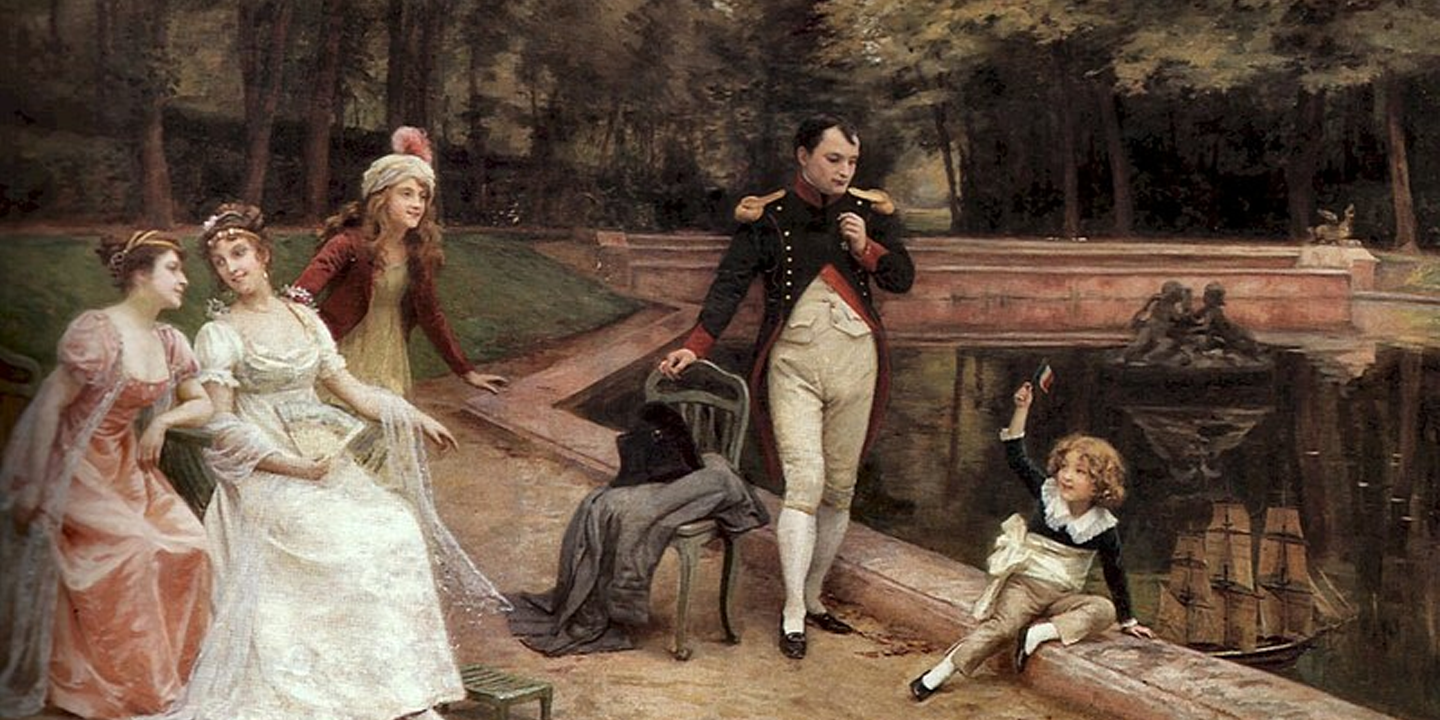
The 20 Most Recognized Historical Figures Of All Time
The Biggest Names In History. Although the Earth has been…
By Cathy Liu Oct 4, 2024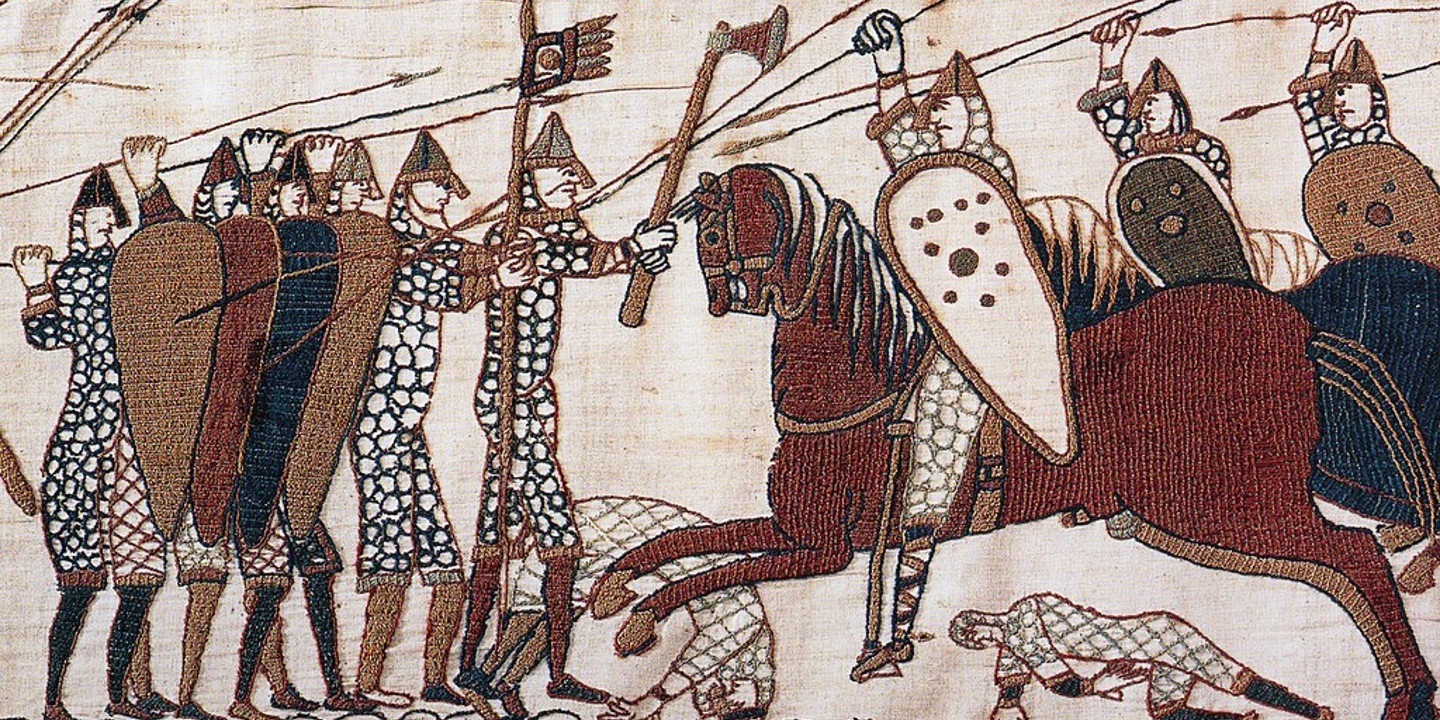
10 of the Shortest Wars in History & 10 of…
Wars: Longest and Shortest. Throughout history, wars have varied dramatically…
By Emilie Richardson-Dupuis Oct 7, 2024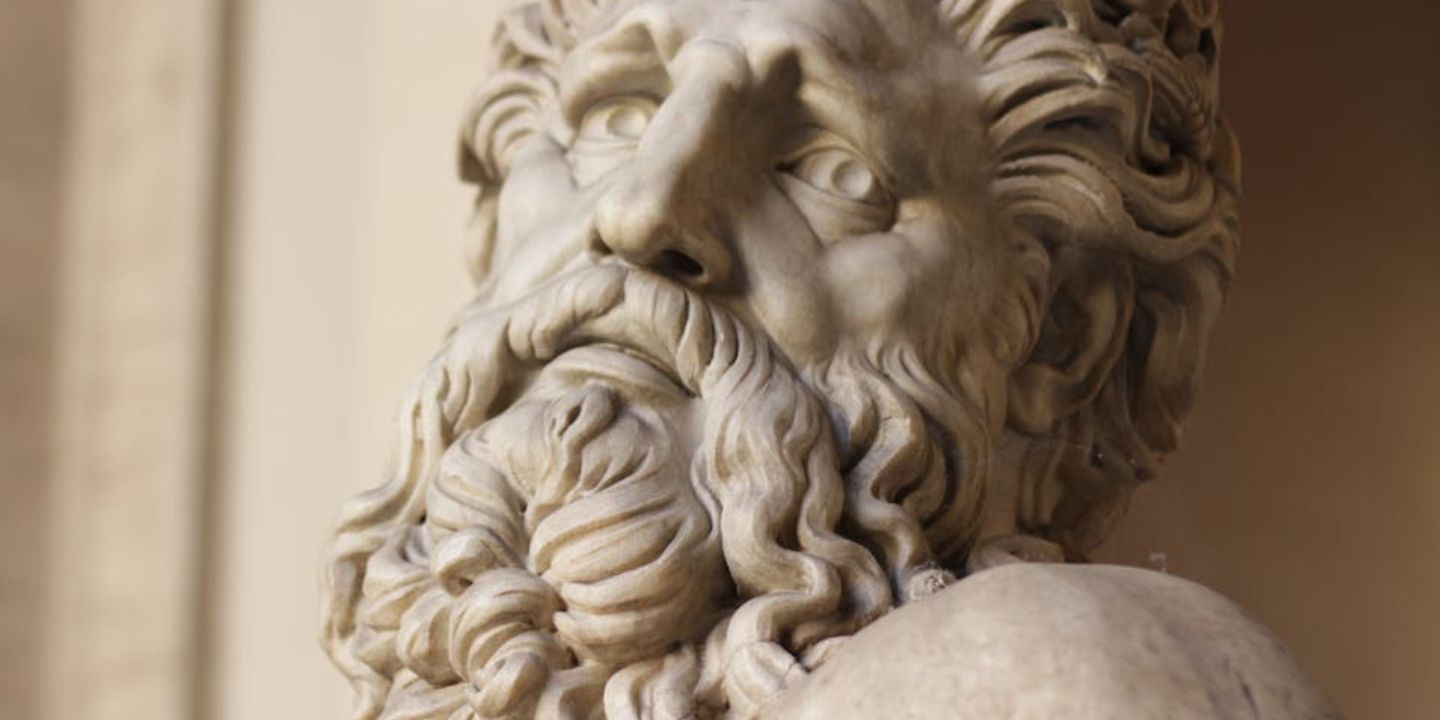
10 Fascinating Facts About Ancient Greece You Can Appreciate &…
Once Upon A Time Lived Some Ancient Weirdos.... Greece is…
By Megan Wickens Oct 7, 2024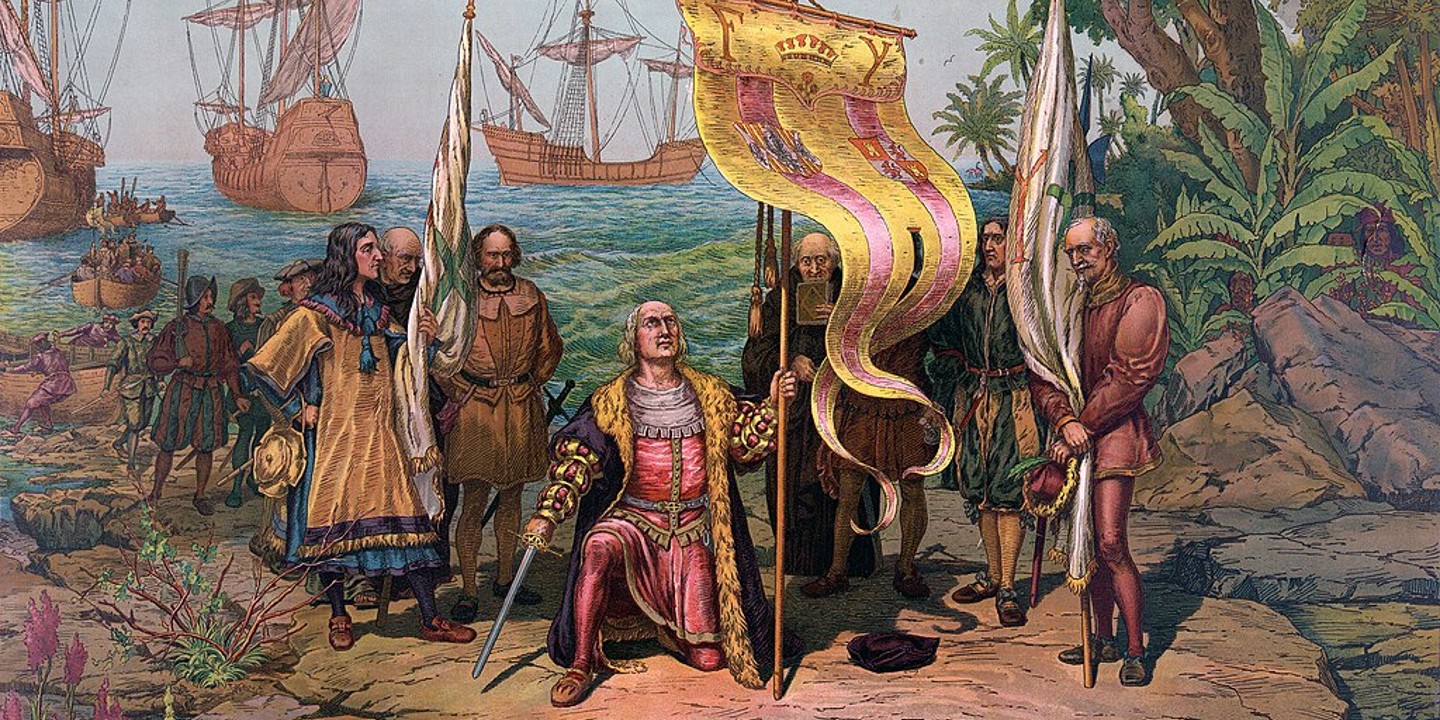
20 Lesser-Known Facts About Christopher Columbus You Don't Learn In…
In 1492, He Sailed The Ocean Blue. Christopher Columbus is…
By Emilie Richardson-Dupuis Oct 9, 2024
20 Historical Landmarks That Have The Craziest Conspiracy Theories
Unsolved Mysteries Of Ancient Places . When there's not enough evidence…
By Megan Wickens Oct 9, 2024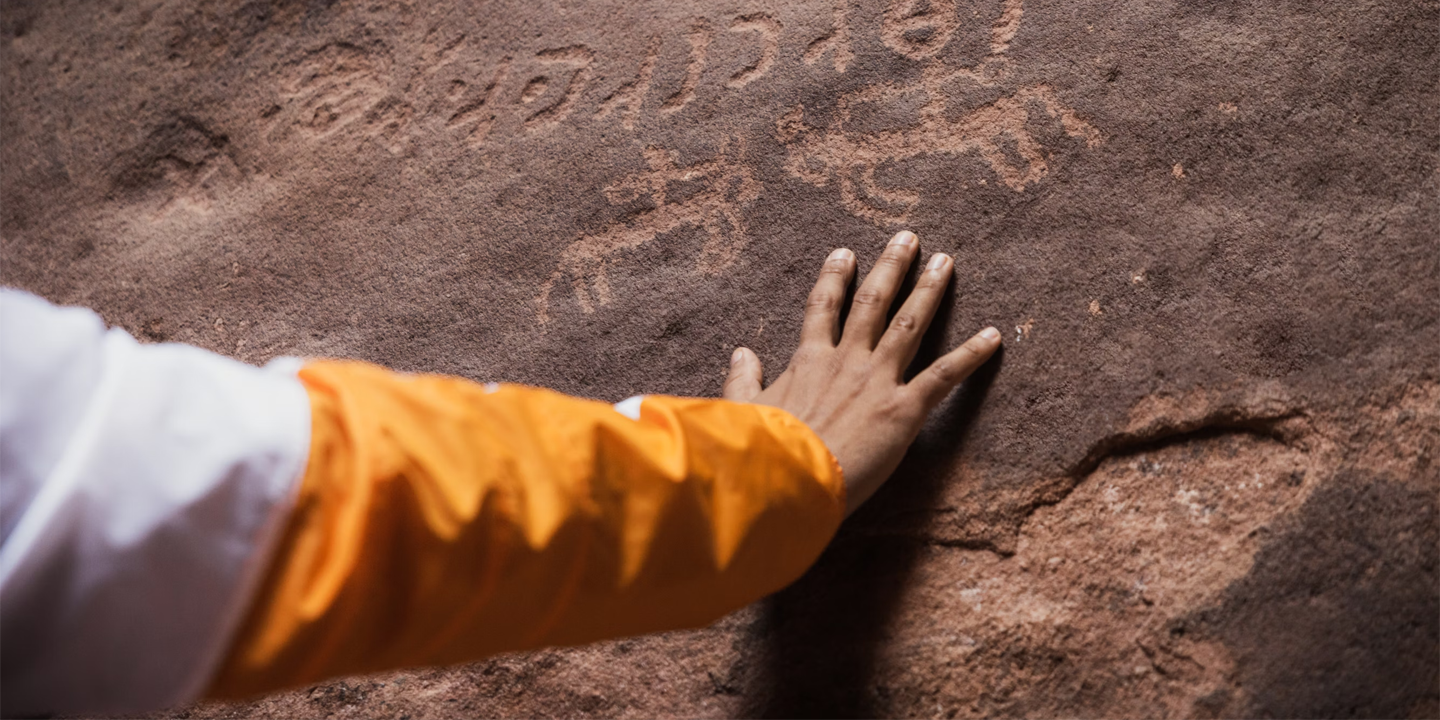
The 20 Craziest Inventions & Discoveries Made During Ancient Times
Crazy Ancient Inventions . While we're busy making big advancements in…
By Cathy Liu Oct 9, 2024






